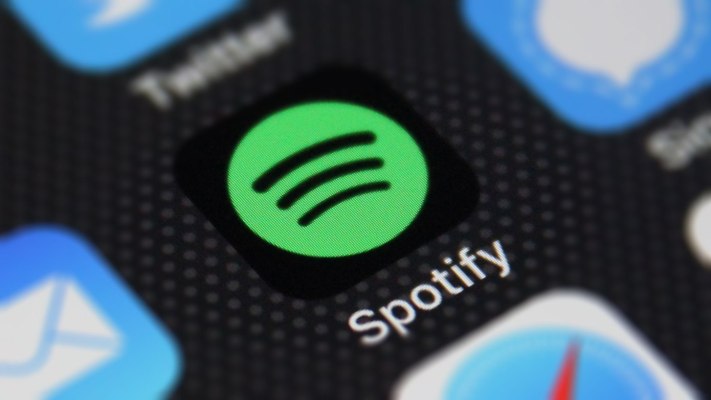Spotify acquired podcast discovery platform Podz last summer for roughly $49.4 million, per a Securities and Exchange Commission filing, to help accelerate the streamer’s extensive investments in podcasts. Now, Spotify is testing a feature that leverages the startup’s technology to help users find new podcasts they may like, the company confirmed.
Podz had originally attempted to solve the problem of podcast discovery with something it called the “first audio newsfeed.” That is, it presented users with 60-second audio clips from various shows that you would scroll through in a vertical feed, similar to the format popularized by social apps like TikTok. What made the company’s technology interesting is that it didn’t rely on podcast creators to produce their own clips for its feed. Instead, it used a machine learning model that had been trained on some 100,000 hours of audio to help automatically select clips to showcase.
At the time, Spotify touted the acquisition as a means of building out and scaling a better and more personalized podcast discovery experience on its app. With this test, we have a first look at what such a feature could look like.
Product designer and tech early adopter Chris Messina tweeted about the test and posted a video of the feature, which was first uncovered by the Twitter account @SleepwellCap. Here, you can see the new experience in action.
HUGE!! @Spotify is adding a dedicated TikTok-style vertical scrolling feed for @spotifypodcasts to its toolbar!
h/t @SleepwellCap #NewSpotify pic.twitter.com/0CWolZGJQy
— Chris Messina
(@chrismessina) March 26, 2022
A dedicated “Podcasts” button takes you into the vertical feed, where you’ll see the show’s cover art while the audio clip plays. The clip is also transcribed as you listen with the words in the clips highlighted as they’re spoken. There’s a play button to continue to listen to the show and plus “+” button to add the podcast to your saved list.
Given that this is only a test, it’s worth noting the feature could change before a public launch. The feature also may simply be used to help Spotify gain an understanding of how users would engage with such an option, which could then be used to inform future product developments. In other words, there’s no guarantee you’ll soon see the same vertical feed of audio clips in your own Spotify app.
Spotify confirmed its testing Podz’s technology through this experience but would not commit to a launch date or plans. (Given that Podz is machine-learning powered, it could be that Spotify wants to gather more data to improve the service before a launch.)
“At Spotify, we routinely conduct a number of tests in an effort to improve our user experience,” a spokesperson said. “Some of those tests end up paving the way for our broader user experience and others serve only as an important learning. We don’t have any further news to share at this time.”
Podz had been one of several startups building out new ways to help people find more podcasts they may like — a discovery challenge that’s been difficult to overcome since many podcasts are over 30 minutes in length, making it hard to get a good sense of a show’s content or the hosts’ personalities in a quick and easy way.
Podz’s solution was to lean on machine learning technology, but other startups have pursued different ideas. For instance, Moonbeam, a new startup from Kayak co-founder Paul English, relies on editorial curation from humans blended with machine learning techniques for its TikTok-inspired app. The vertical feed format has also been used in podcast-adjacent apps, like Racket, which offers 99-second audio clips that are more like audio stories than shows, and with Facebook’s Soundbites.
